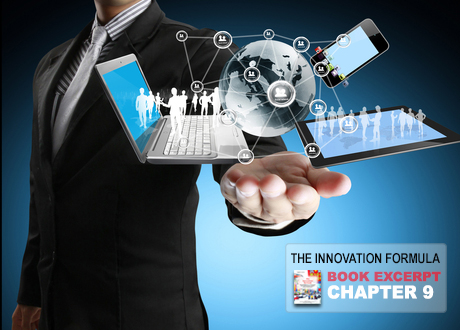Urgently Wanted: The Design Driven Manager
The potential of Design Thinking becomes more and more visible because organizations like Apple, Coca-Cola, IBM, Nike en Proctor & Gamble not only show overtly that they use it, but start showing significant results. They outperformed their peers in the last decade with 219%, measured by the Design Value Index (assessment by Design Management Institute).











